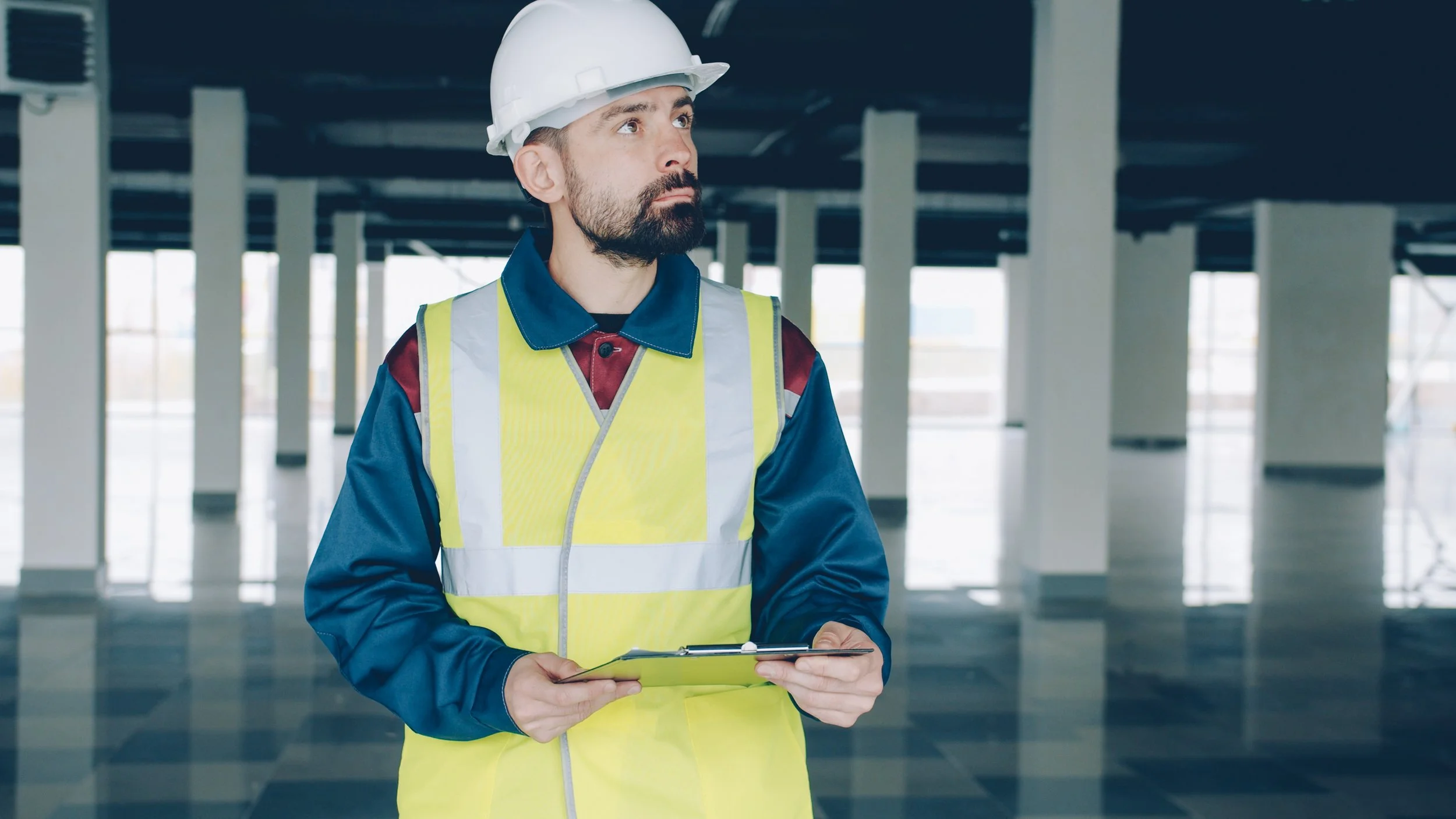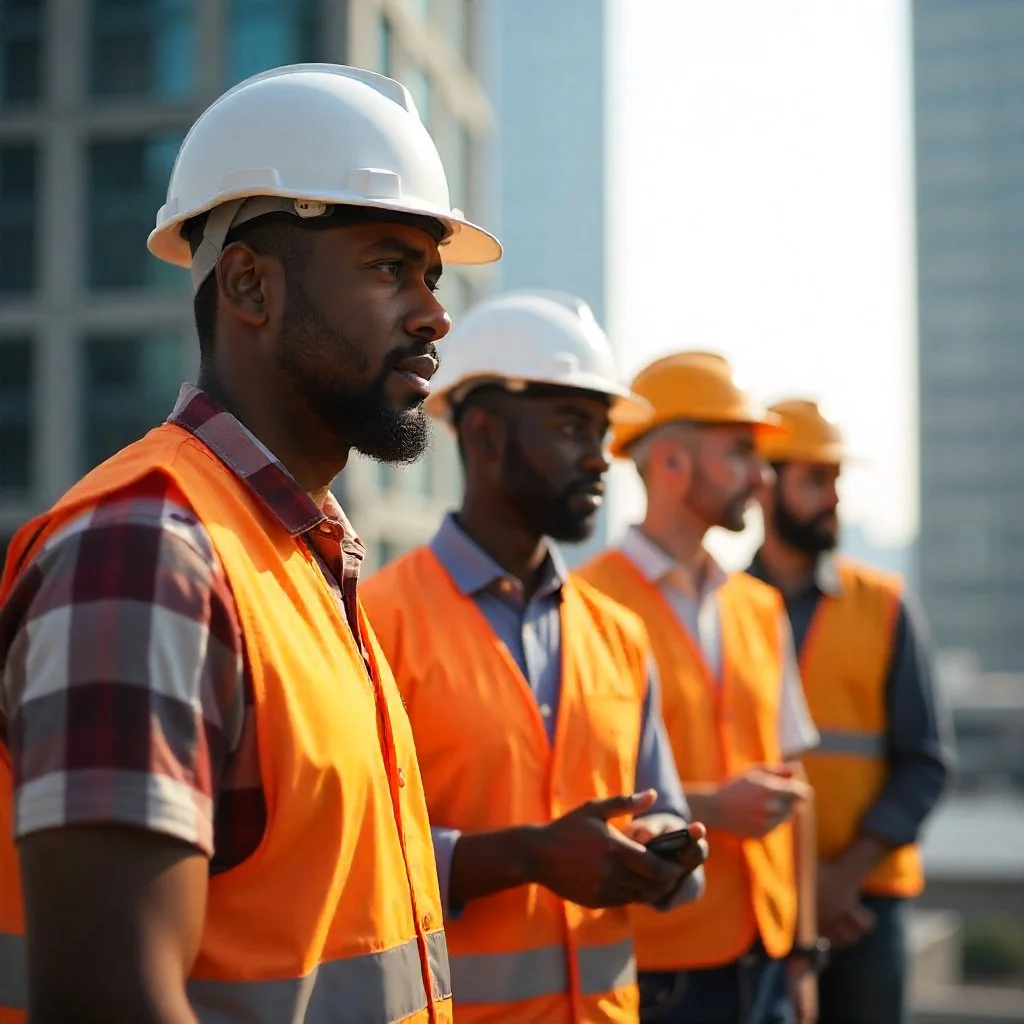How to Create a Construction Safety Culture: A Step-by-Step Guide for Contractors
Construction is one of the most dangerous industries in the world. However, with the right approach, companies can significantly reduce risks and cultivate a culture where safety is second nature. In this blog, we’ll break down how to create a construction safety culture that protects workers, boosts productivity, and improves your company’s reputation.
What Is a Construction Safety Culture?
A construction safety culture is the set of attitudes, beliefs, and practices regarding safety that exists within a construction company. It's not simply following construction rules. Construction safety culture is about instilling safety as an ingrained value from top management to the construction workers on the ground.
Why a Safety Culture is Essential in Construction
Reduces Workplace Accidents
Companies with a strong safety culture see fewer injuries and fatalities.Improves Morale and Retention
Workers feel valued and are more likely to stay when they know their well-being is a priority.Provides Regulatory Compliance
A proactive safety culture ensures compliance with OSHA regulations and local safety regulations.Increases Project Efficiency
Fewer accidents mean less downtime and more consistent project timelines.
Step-by-Step: Building a Construction Safety Culture
1. Start with Leadership Commitment
Safety begins at the top. Company leaders should:
Establish clear safety expectations
Allocate resources for safety programs
Lead by example on-site and in meetings
2. Develop and Enforce Safety Policies
Create comprehensive, easy-to-understand safety procedures. These should include:
PPE requirements
Emergency procedures
Equipment operation instructions
Ensure instructions are accessible in multiple languages if needed.
3. Regularly Train and Educate
Regular safety training is essential. Offer:
New employee orientations
Monthly safety refreshers
Use engaging formats like hands-on demos and videos.
4. Empower Workers to Speak Up
Encourage a no-retaliation policy where any worker can report unsafe conditions. Create channels like:
Anonymous suggestion boxes
Safety hotlines
Direct supervisor communication
5. Reward Safe Behavior
Positive reinforcement works. Consider:
Safety bonuses
“Employee of the Month” award for safety
Recognition boards on construction sites
6. Conduct Regular Safety Audits
Identify and fix hazards before they result in an accident. Audits should:
Be unannounced
Include both supervisors and workers
Result in clear, actionable feedback
7. Investigate and Learn from Incidents
When accidents or near-misses happen:
Investigate the root cause
Share lessons learned from those incidents
Make changes to safety protocols as needed
8. Encourage a Team-First Mentality
Make safety a shared responsibility. Encourage:
Peer accountability
Safety goals at the team level
Open communication between departments
Tips for Sustaining a Safety Culture
Hold quarterly safety meetings with leadership and crew
Update safety protocols based on employee feedback and new regulations
Share safety success stories in newsletters or meetings
Final Thoughts
Creating a construction safety culture isn’t a one-time project — it’s an ongoing commitment. But the payoff is worth it: safer workers, smoother projects, and a stronger company reputation. Start small, stay consistent, and watch as safety becomes second nature on your construction sites.



